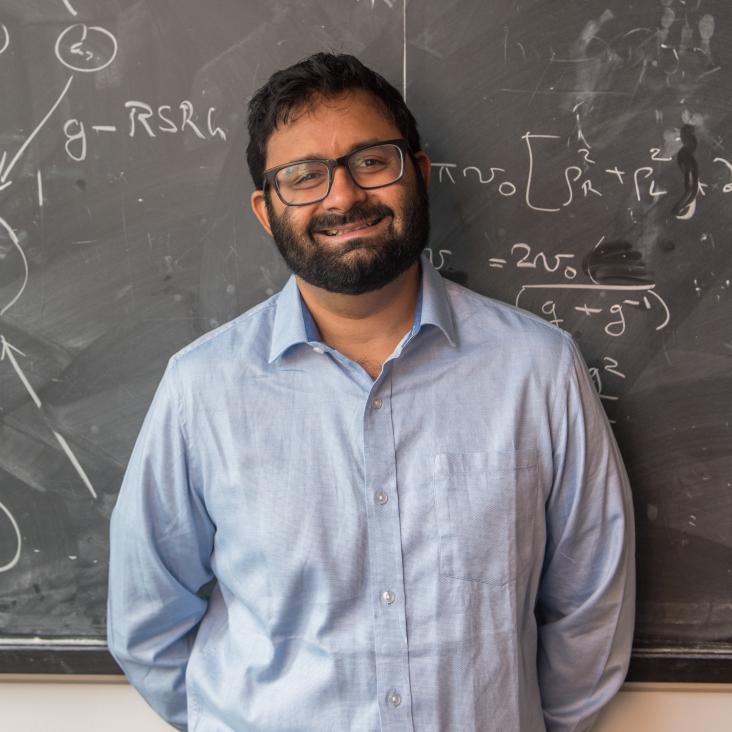Strong-disorder renormalization group for periodically driven systems
Physical Review B: Condensed Matter and Materials Physics American Physical Society 98:17 (2018) 174203
Abstract:
Quenched randomness can lead to robust non-equilibrium phases of matter in periodically driven (Floquet) systems. Analyzing transitions between such dynamical phases requires a method capable of treating the twin complexities of disorder and discrete time-translation symmetry. We introduce a real-space renormalization group approach, asymptotically exact in the strong-disorder limit, and exemplify its use on the periodically driven interacting quantum Ising model. We analyze the universal physics near the critical lines and multicritical point of this model, and demonstrate the robustness of our results to the inclusion of weak interactions.Kosterlitz-Thouless scaling at many-body localization phase transitions
(2018)
Floquet quantum criticality
Proceedings of the National Academy of Sciences National Academy of Sciences 115:38 (2018) 9491-9496


